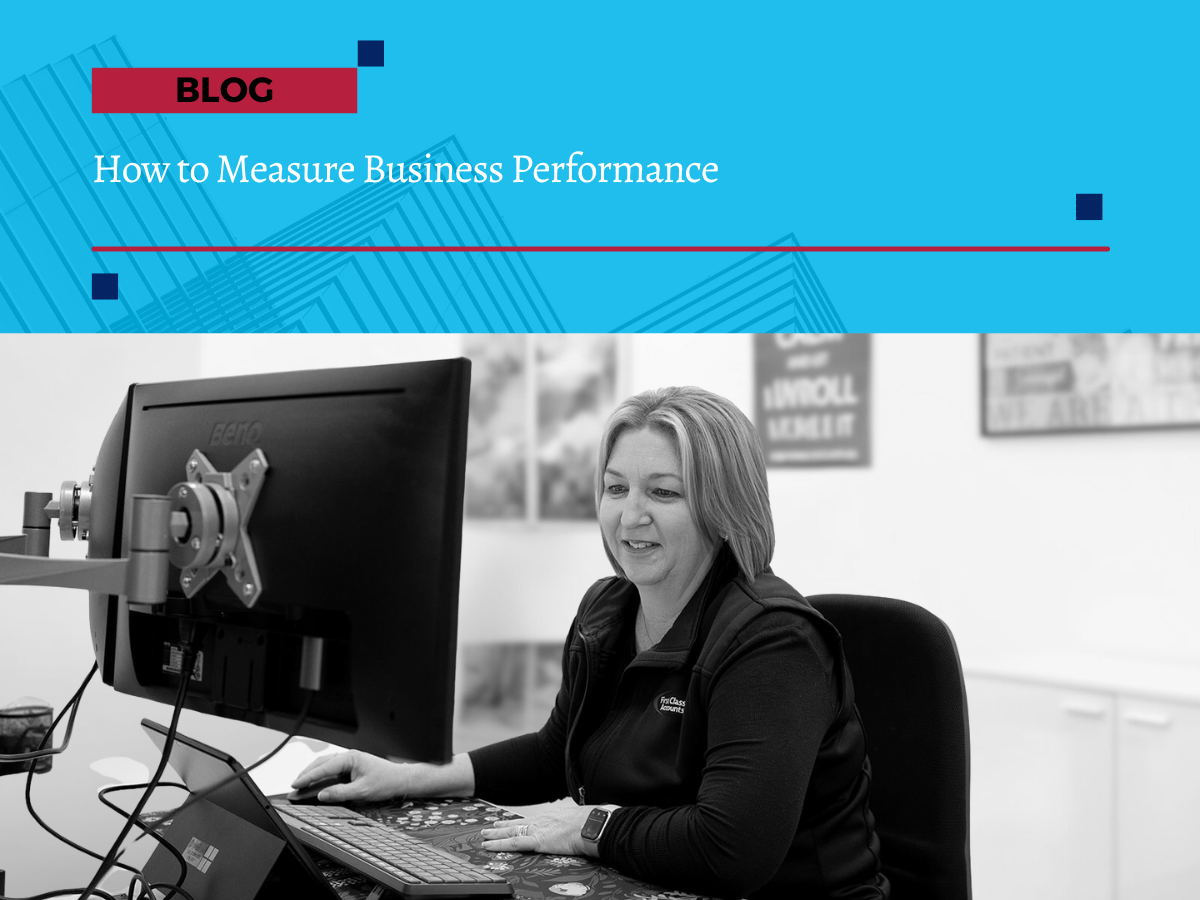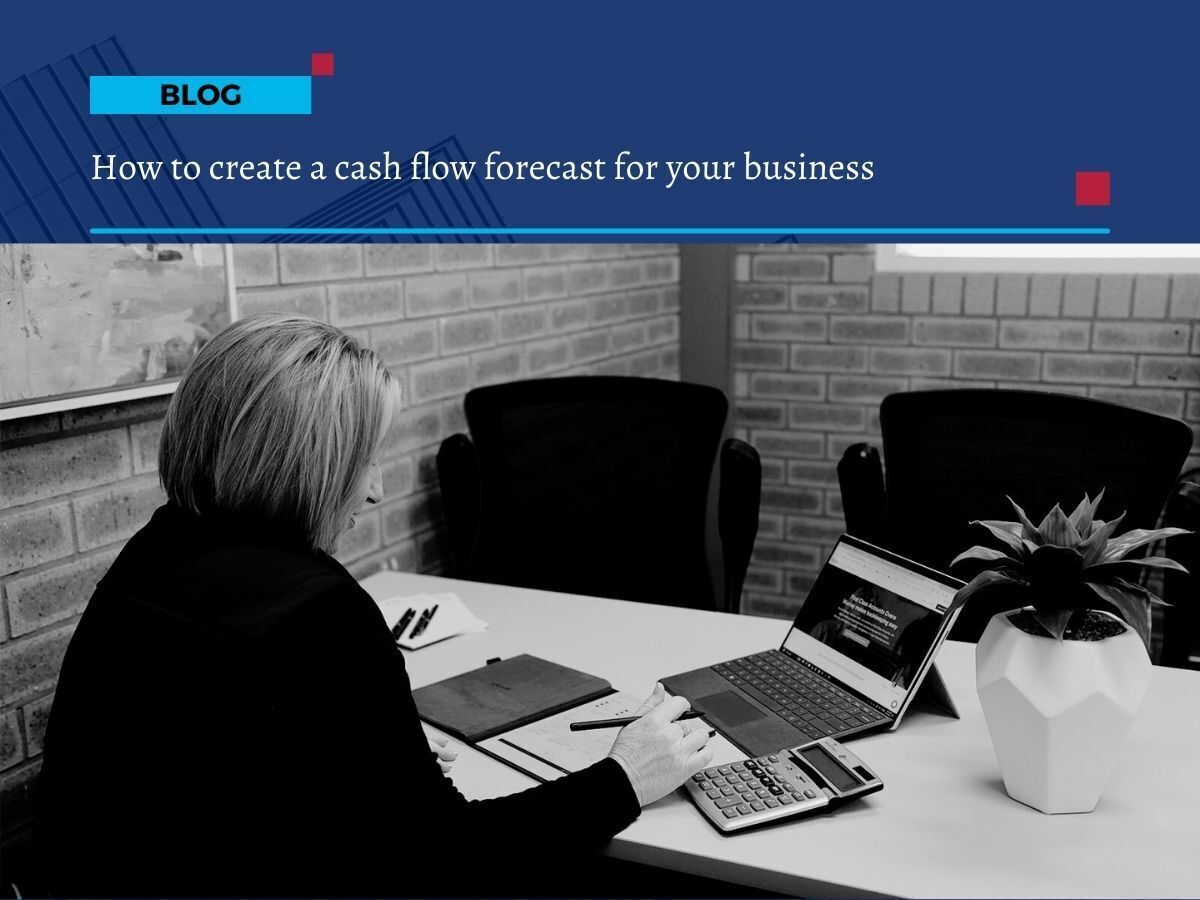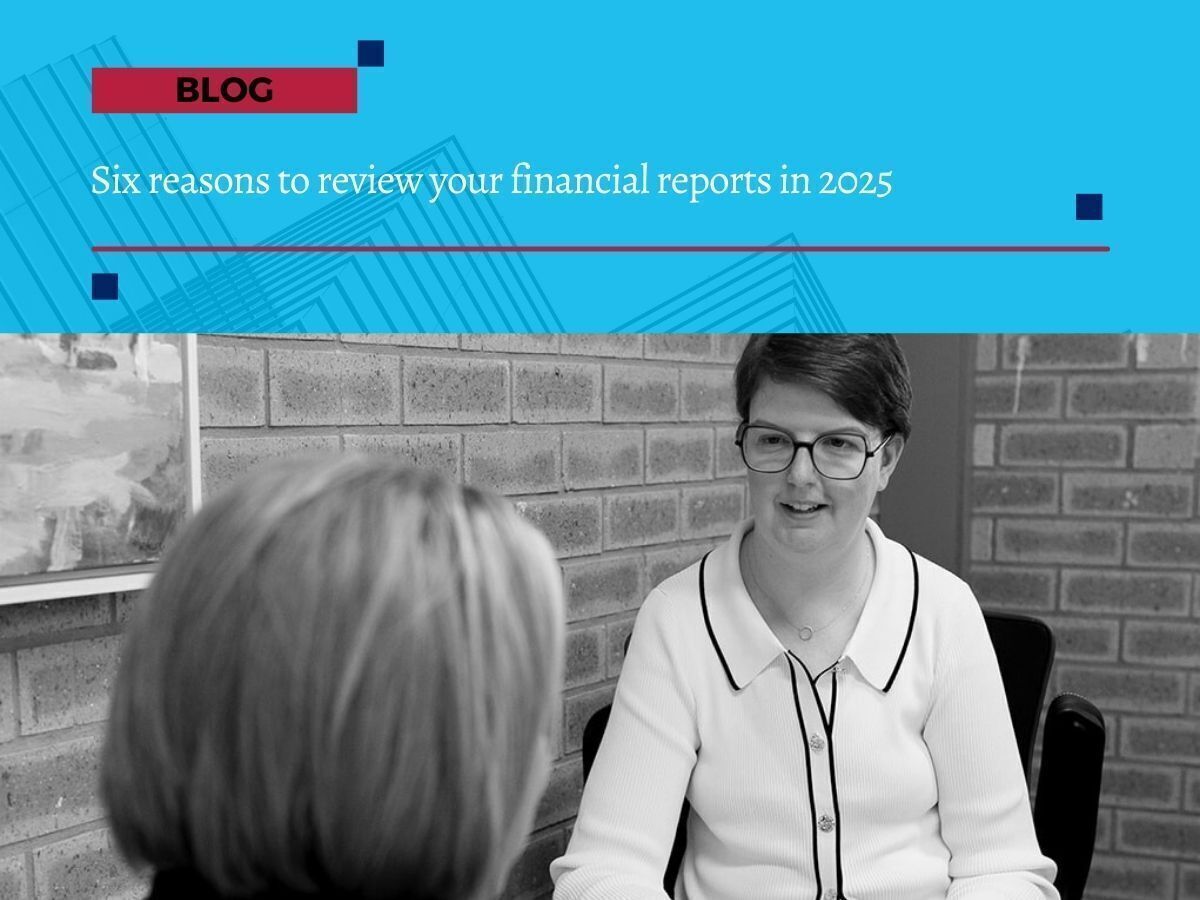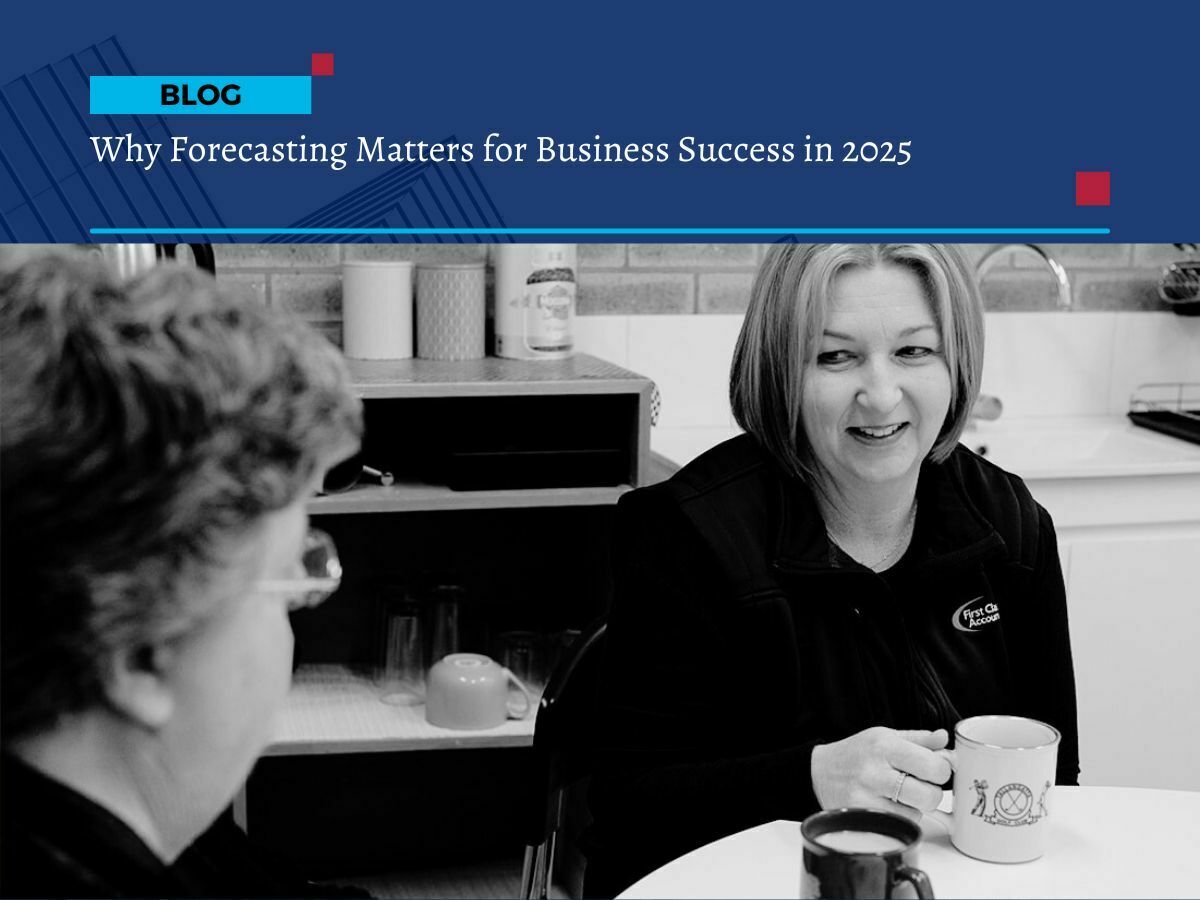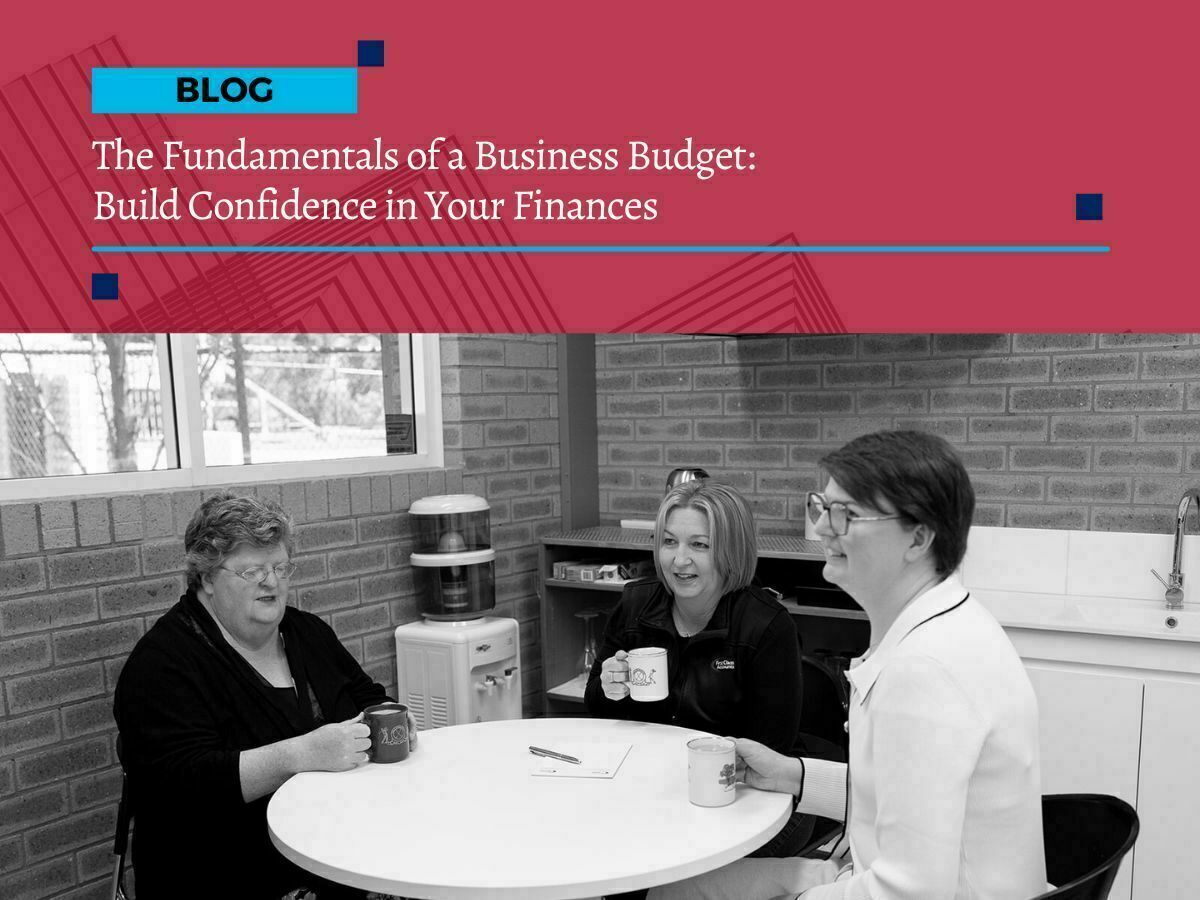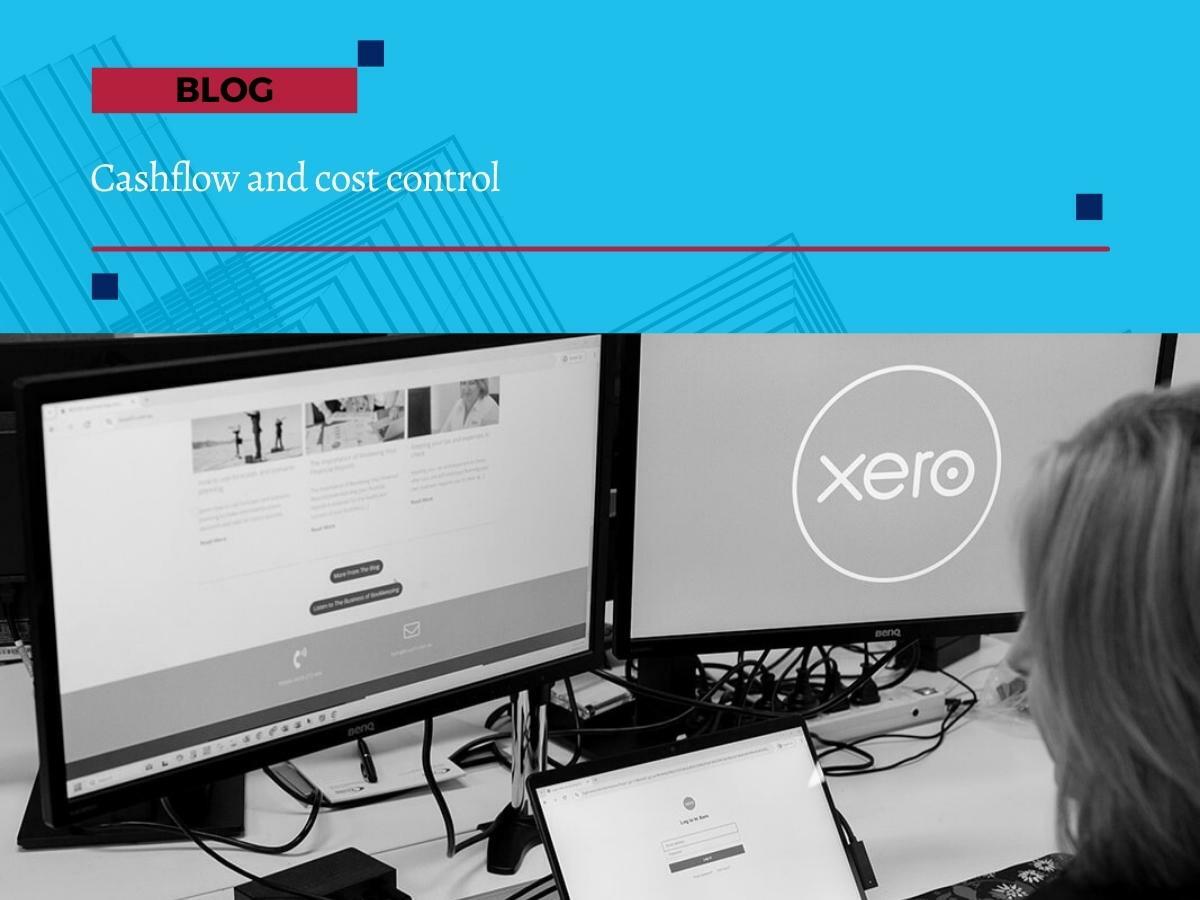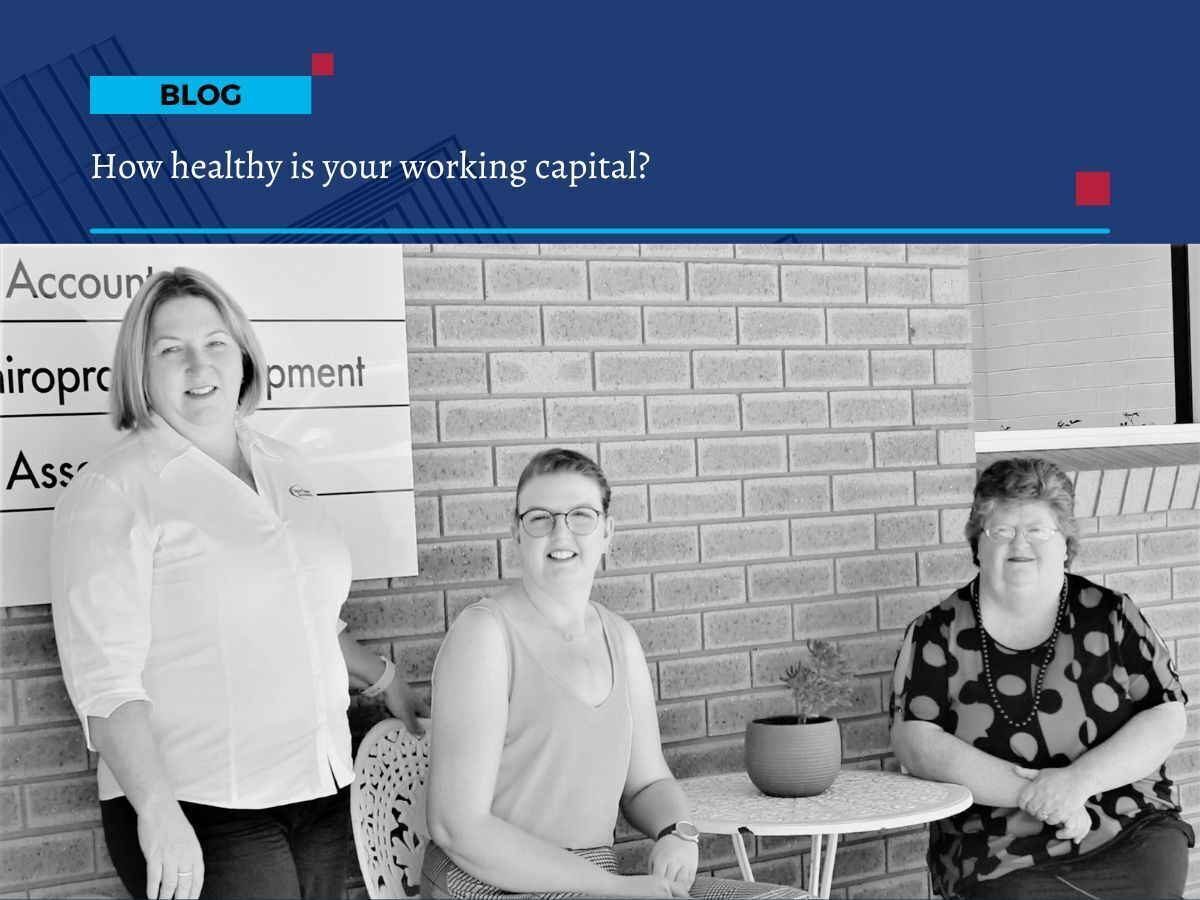
How healthy is your working capital?
How healthy is your working capital?
We all know that cash is king when it comes to business success, but what exactly is ‘working capital’ and how does this financial metric help measure the health of your business?
Working capital is made up of the cash and assets that are available in the business to fund your operations and keep you trading. It is worked out by taking your current assets (the things you own) away from your current liabilities (the things you owe to other people).
If your working capital is strong, you have enough on hand to pay your team, your suppliers and the ATO on time and still have room to move. If it is weak, even a small bump in expenses or a delay in customer payments can cause stress.
In 2025, with increasing costs and tighter margins for many Australian businesses, keeping an eye on working capital is more important than ever. First Class Accounts Ovens and Murray helps by keeping your bookkeeping up to date, so you always have a clear picture of your numbers instead of guessing.
Why working capital matters
So, why is working capital such a critical metric?
Having the liquid capital needed to trade It’s possible for your business to be busy, successful and profitable, but for your cash position to still be in poor health and that can have a serious impact.
If you can’t readily convert your assets into liquid cash, it’s a struggle to meet your cashflow goals, pay your bills and fund your day to day operations. But with the optimum level of working capital, you strengthen your balance sheet and put the company in a solid financial position.
Healthy working capital gives you breathing space. You can pay people on time, take up good opportunities when they arise and sleep better knowing what is coming in and what is going out.
This is where cash flow confidence becomes practical. When First Class Accounts Ovens and Murray is managing your day to day bookkeeping and people payments, you can see your true position more clearly and make decisions based on real numbers, not gut feel.
How to achieve a healthy level of working capital
To achieve a healthy level of working capital you will need to:
Proactively manage your cashflow
Cashflow feeds your working capital by pumping liquid cash into the company and keeping the balance between assets and liabilities in a strong position. But to achieve this, it’s vital to achieve a positive cashflow position, where your cash inflows are greater than your cash outflows. This means getting paid on time, lowering your outgoings and keeping a close eye on your ongoing cash position.
In real terms, this might look like tightening up your debtor follow up, reviewing your payment terms, spreading larger bills over a realistic period and planning for regular commitments such as wages, super and GST so they do not come as a surprise.
First Class Accounts Ovens and Murray can help you put simple, practical systems in place to support this. That might include regular cashflow reports, payment scheduling, and clearer visibility of who you need to pay and when. The aim is to make your cashflow more predictable, which improves your working capital and reduces stress.
Monitor and forecast your financial position
Running regular financial reports helps you stay in control of your finances. With careful monitoring and forecasting of your cash position, you can ensure you don’t end up in a negative cashflow position, without the requisite working capital to trade and fund the next stage in your business plan.
Cloud accounting software and business intelligence apps have made it easier than ever to create up to date, real time reports and run dashboards that show your key metrics.
In 2025, there is a wide range of connected apps that integrate with platforms such as Xero to give you clearer insights. These tools can help you track cashflow, see upcoming payroll, GST and PAYG obligations, and spot trends before they turn into problems.
First Class Accounts Ovens and Murray offers business app advisory to help you choose and set up the right tools for your business. We then use those tools to give you regular, easy to understand reports and forecasts, so you know how healthy your working capital is and what is coming up over the next few weeks and months.
Use additional finance when required
If working capital is looking thin on the ground, then additional funding may be needed to bolster your balance sheet. Short term finance options, such as overdraft extensions or invoice finance, and longer term business loans can be needed to keep working capital on an equilibrium.
Before taking on any extra finance, it is important to understand why your working capital is under pressure and whether it is a temporary issue or an ongoing pattern. That way you can choose the most suitable type of funding and avoid simply masking a deeper problem with more debt.
By keeping your books current and providing clear reports, First Class Accounts Ovens and Murray can help you and your accountant or finance provider see the full picture. This makes it easier to have informed conversations about what kind of funding, if any, is appropriate for your situation.
Support to keep your working capital healthy
Working closely with your accountant and bookkeeping team is vital if you want to promote the ideal level of working capital in the business. Together, they can help manage your cashflow, monitor your financial metrics and support you to access additional finance and funding when your capital needs a boost.
First Class Accounts Ovens and Murray focuses on reliable, done for you bookkeeping, cashflow confidence and real world advice. We become part of your team, keeping your numbers accurate and your reports clear, so you can make better decisions about working capital.
If you would like to understand how healthy your working capital really is, and what you can do to improve it, talk to First Class Accounts Ovens and Murray about reviewing your current position and setting up better support around your cashflow.
What is working capital in a business?
Working capital is the difference between your current assets and current liabilities. It shows whether you have enough available resources to pay your short term commitments.
How does working capital affect cashflow
Working capital affects how easily you can pay suppliers, wages and tax on time. Strong working capital supports smoother cashflow and reduces day to day financial pressure.
How can I improve my working capital
You can improve working capital by tightening debtor collection, managing expenses, planning for regular commitments, using helpful apps and keeping your bookkeeping up to date.
Do I need extra finance to fix working capital problems
Sometimes extra finance is useful, but it should be based on clear reports and an understanding of why your working capital is under pressure, not used to cover ongoing problems.
How can First Class Accounts Ovens and Murray help with working capital
First Class Accounts Ovens and Murray keeps your books accurate, helps you monitor cashflow and working capital, and provides real world advice so you can make better decisions.

